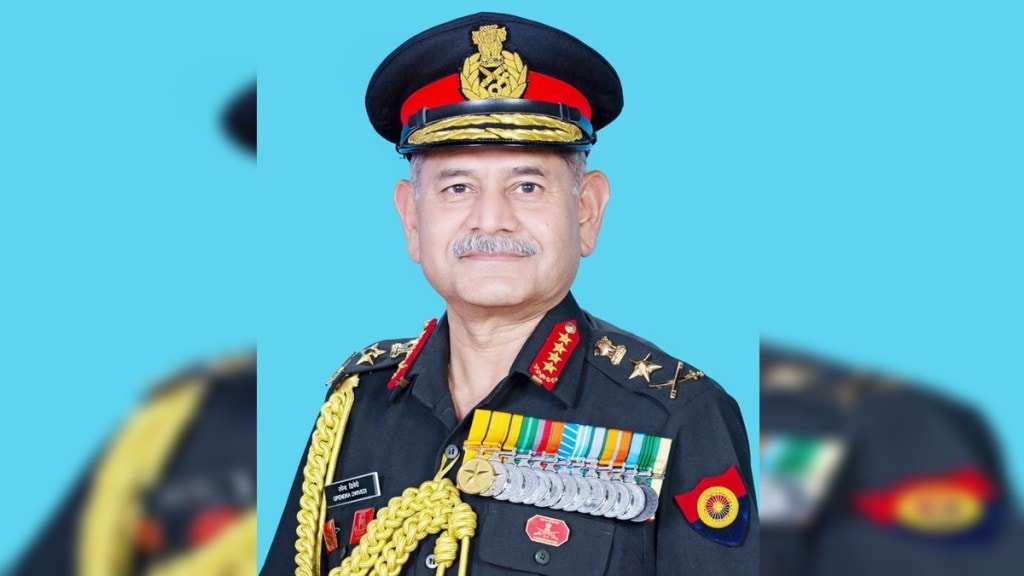Lt Gen Upendra Dwivedi has assumed the role of Chief of Army Staff (COAS), marking a significant milestone as the first officer from the Jammu and Kashmir Rifles (JAKRIF) to hold this prestigious position. This appointment is particularly noteworthy for the Union Territory of Jammu and Kashmir, as JAKRIF has a historical connection with the former royal house of the Dogra rulers.
JAKRIF’s Distinguished Lineage
The COAS position has traditionally been held by generals from various regiments, many of which trace their origins back to the pre-partition era. JAKRIF, however, was originally a state force before Independence and was integrated into the Indian Army in 1957 as a new regiment. The regiment gained national prominence during the Kargil conflict, where Capt Vikram Batra and Rifleman (now Subedar Major) Sanjay Kumar of the 13th Battalion were awarded the Param Vir Chakra, India’s highest gallantry award.
Historical Background of JAKRIF
JAKRIF’s history is well-documented, with Maj Gen DK Palit providing a detailed account in his regimental history, commissioned by Lt Gen KS Katoch, the first Colonel of the Regiment of JAKRIF in 1960. Dr Karan Singh, a member of the ruling family of Jammu and Kashmir, was appointed the Honorary Colonel of the Regiment in 1962.
The J&K state forces, as they were known, were initially raised during Maharaja Gulab Singh’s rule. Early battalions included the Raghupratap, the Bodyguard, the Raghunath, the Fateh Shibji, and the Suraj Gorkha. These forces played a vital role during the British era, providing the largest contingent of Imperial Service Troops.
Integration into the Indian Army
Post-Independence, the integration of state forces into the Indian Army was a complex process, marked by uncertainty and apprehension. However, the J&K state forces received favourable terms. Officers from J&K were not required to appear before a Services Selection Board, and most were accepted for transfer.
While many state forces’ units were absorbed into existing Indian Army regiments, losing their original identity, the J&K state forces were an exception. Their commendable performance in the 1947-48 war and the support of General KS Thimayya led to the formation of a new regiment: The Jammu and Kashmir Rifles. This regiment included 1, 2, 3, 4, 7, and 9 J&K battalions and took precedence as the junior regiment of Indian infantry.
Regimental Crest and Legacy
The current crest of JAKRIF retains elements from the old state crest, including the motto “Prashasta Ranvirta” (valour in battle is praiseworthy) and the Surya (sun), symbolizing strength and the Suryavanshi descent of the Jammu Dogras. The Ashoka capital surmounts the crest, representing the regiment’s esteemed legacy.
Lt Gen Upendra Dwivedi’s appointment as COAS is a proud moment for JAKRIF and underscores the significant contributions of the regiment to the Indian Army. This historic event not only highlights the valour and legacy of JAKRIF but also marks a new chapter in the annals of Indian military history.

